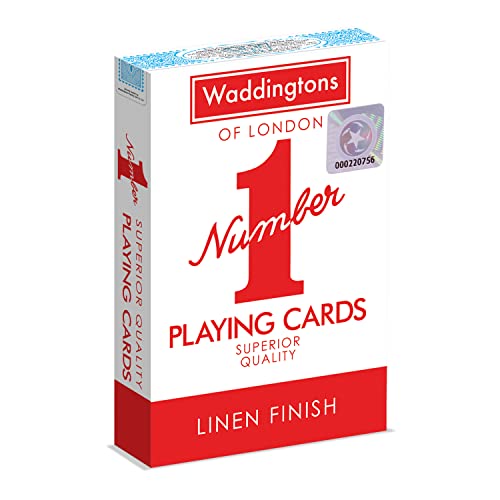Understanding a Standard Deck of Playing Cards
In order to determine the number of red cards in a standard deck of playing cards, we need to first understand the composition of such a deck. In general, a standard deck of playing cards consists of 52 cards, which are divided into four suits: hearts, diamonds, clubs, and spades. Each suit contains thirteen cards: the numbers 2 through 10, and the face cards (Jack, Queen, and King). Additionally, there is one Ace card in each suit, bringing the total number of cards in a standard deck to 52.
Identifying the Red Cards
To identify the number of red cards in a standard deck, we should first determine which suits are considered to be “red.” In most decks, the heart and diamond suits are assigned the color red, while the club and spade suits are designated as black. Therefore, any card that belongs to the heart or diamond suit would be considered a red card.
Calculating the Number of Red Cards
Since each suit contains thirteen cards, and there are two red suits (heart and diamond), we can determine the number of red cards by multiplying 13 by 2. This equals 26, which means that there are 26 red cards in a standard deck of playing cards.
Examples of Red Cards in a Deck
Now, let’s take a look at some specific examples of red cards in a standard deck:
- The two red Aces: the Ace of Hearts and the Ace of Diamonds.
- The red numbered cards: 2 of Hearts, 3 of Hearts, 4 of Hearts, and so on, up to 10 of Hearts.
- The red face cards: the Jack of Hearts, the Queen of Hearts, and the King of Hearts, as well as the corresponding cards in the diamond suit.
Applications and Variations
Understanding the number of red cards in a standard deck of playing cards is helpful in various scenarios. For example, in certain card games, the color of a card might have significance and impact gameplay. Additionally, this knowledge can be useful when calculating the probability of drawing a red card from a deck, as it provides an understanding of the odds.
It’s worth noting that while the majority of standard decks follow the red and black color scheme, there may be variations in some specialty decks. For instance, some decks designed for individuals with colorblindness may use different color combinations or symbols to differentiate the suits. In such cases, the number of red cards may differ from the standard 26.






